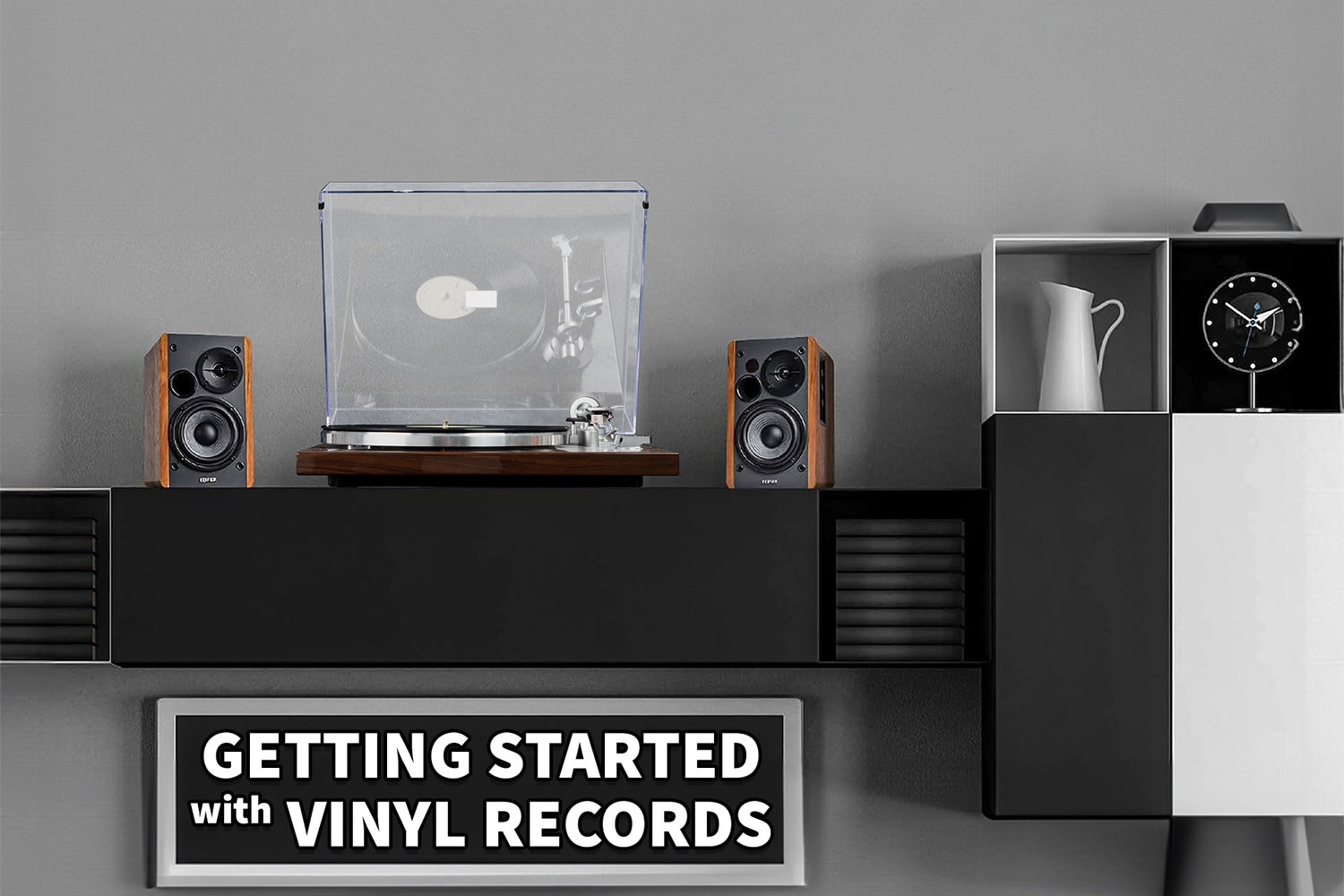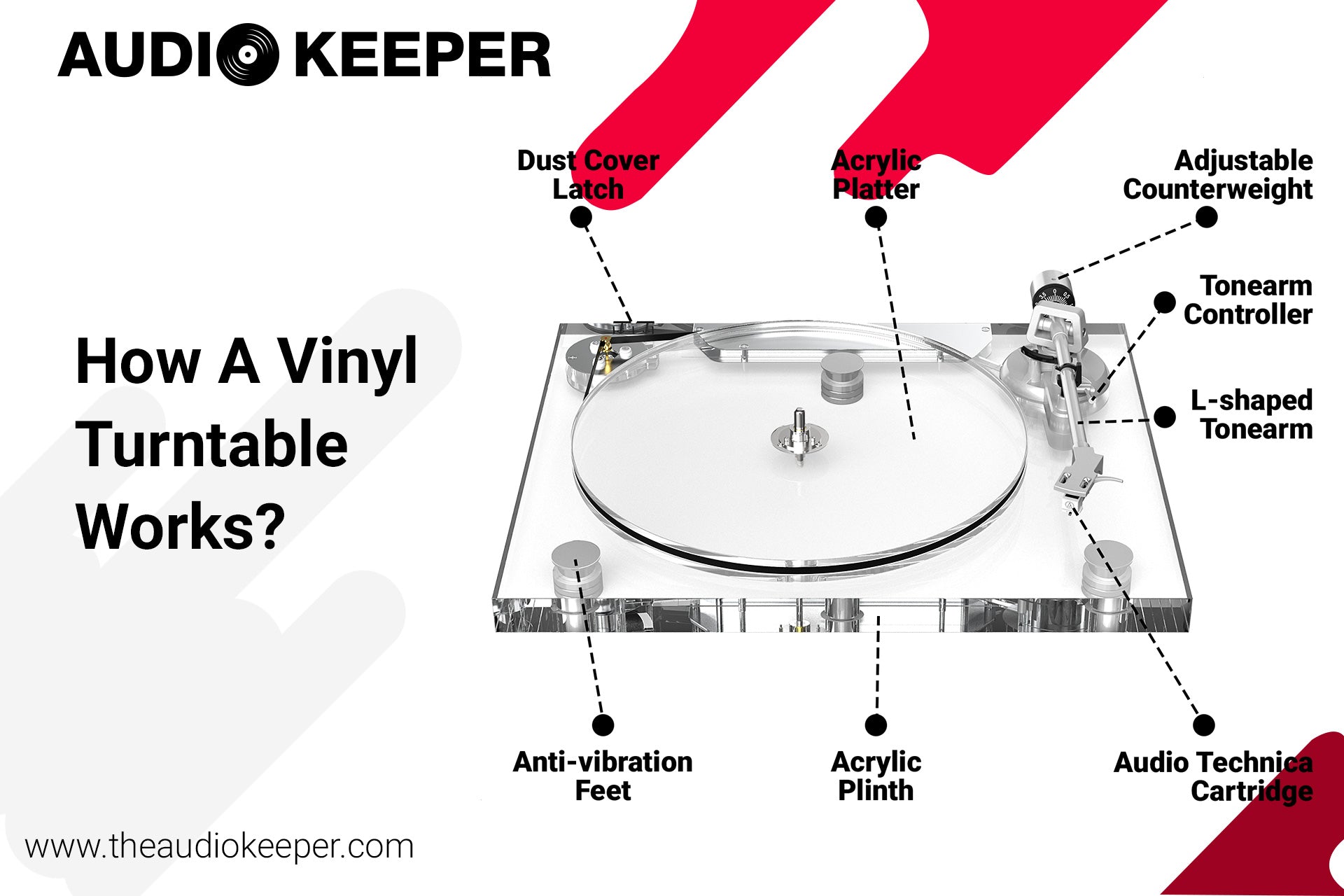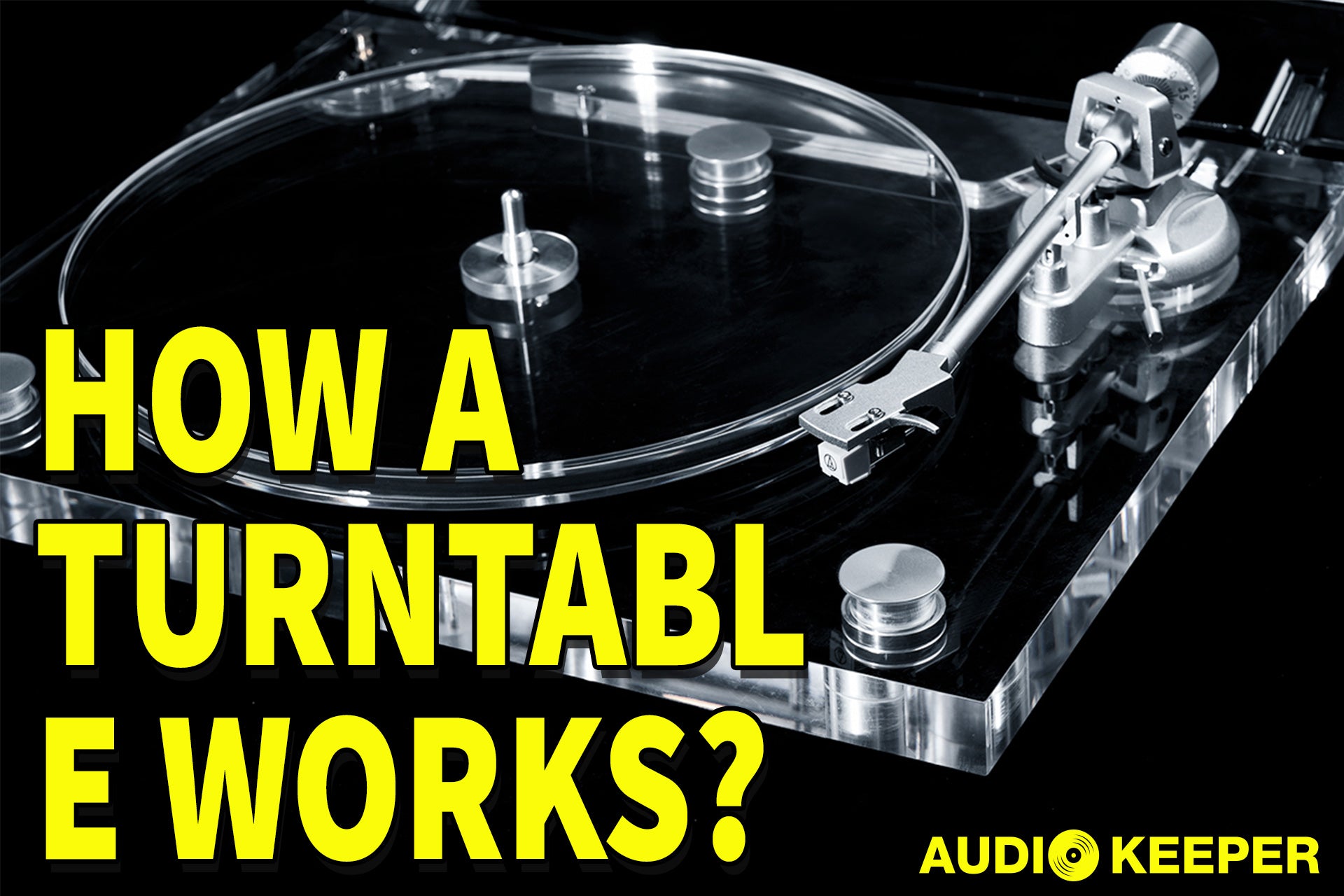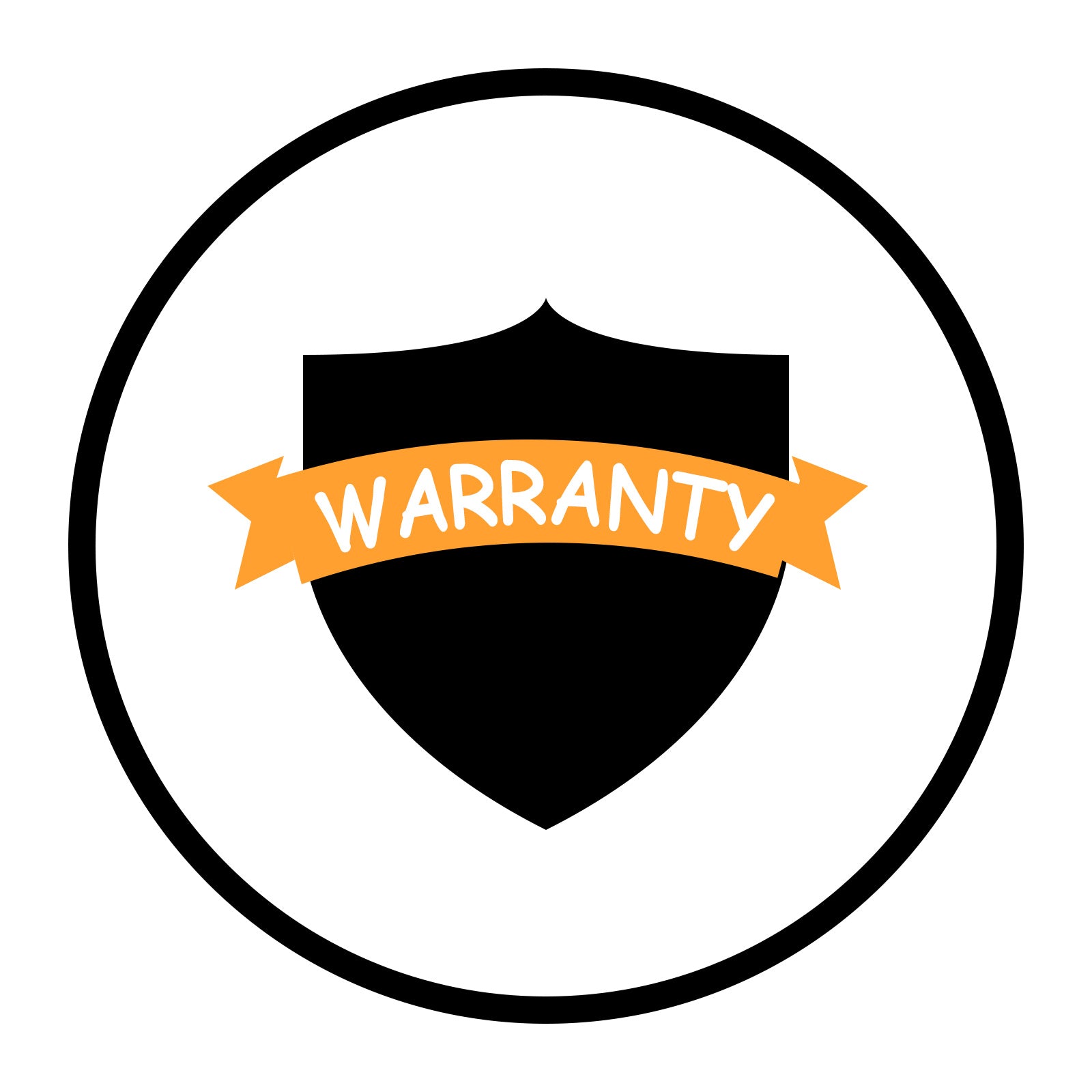Introduction
Vinyl records are making a grand resurgence, attracting audiophiles and casual listeners alike with their rich, warm sound and nostalgic appeal. This guide will take you through the intricate process of setting up a turntable, ensuring you get the best possible sound from your vinyl collection.
The Allure of Vinyl Records
Vinyl records have a unique charm that digital formats often lack. The tactile experience of handling a record, the mesmerizing rotation of the turntable, and the rich, analog sound all contribute to a deeply satisfying listening experience. For many, collecting vinyl is not just about the music but also about owning a piece of history and engaging in a ritual that enhances the overall enjoyment of music.
Understanding the Components of a Turntable System
Before diving into the setup process, it’s essential to understand the components of a turntable system. A complete setup typically includes the following:
- Turntable: The device that spins the vinyl record.
- Platter: The rotating part of the turntable that supports the record.
- Tonearm: The arm that holds the cartridge and needle, allowing it to track the grooves of the record.
- Cartridge: The component that holds the needle and converts the mechanical vibrations into an electrical signal.
- Phono Preamp: Amplifies the weak signal from the cartridge to a level that can be handled by your audio system.
- Amplifier/Receiver: Further amplifies the signal to drive the speakers.
- Speakers: Output the sound produced by the turntable system.
Each of these components plays a critical role in the quality of the audio output. Understanding their functions will help you make informed decisions when purchasing and setting up your system.
Choosing the Right Turntable
When it comes to choosing a turntable, there are several factors to consider. Here’s a breakdown of what to look for:
1. Belt-Drive vs. Direct-Drive
- Belt-Drive Turntables: These use an elastic belt to drive the platter, which helps to isolate motor vibrations from the platter and needle, resulting in less noise. They are often preferred by audiophiles for their superior sound quality.
- Direct-Drive Turntables: The platter is directly driven by a motor, offering higher torque and more consistent speed. These are typically used by DJs for their robustness and the ability to spin records backward.
2. Manual vs. Automatic
- Manual Turntables: Require you to place the tonearm on the record and lift it off when the record ends. They provide greater control and are preferred by purists.
- Automatic Turntables: The tonearm automatically lifts and places itself on the record and returns to its resting position after playback. They are user-friendly but may offer less control over the listening experience.
3. Budget and Features
- Consider your budget and what features are essential for you. Higher-end turntables typically offer better build quality, improved sound isolation, and more precise speed control.
4. Upgrade Potential
- Look for a turntable that allows for upgrades, such as replacing the cartridge or adding a better phono preamp. This can improve your setup over time without needing to buy a completely new system.
Setting Up Your Turntable
1. Unpacking and Placement
- Carefully unpack your turntable, making sure all parts and components are included.
- Place your turntable on a stable, vibration-free surface away from speakers to minimize feedback and resonance. Using a dedicated turntable stand or a heavy, non-resonant piece of furniture is ideal.
2. Balancing the Tonearm
- Attach the counterweight to the back of the tonearm and turn it until the tonearm balances horizontally.
- Adjust the tracking force by turning the counterweight to the recommended setting for your cartridge. This ensures the needle tracks the record grooves correctly without causing excessive wear.
3. Setting the Anti-Skate
- Adjust the anti-skate control to match the tracking force. This counteracts the tendency of the tonearm to move inward due to the centrifugal force of the spinning record, ensuring even pressure on the grooves.
4. Connecting the Turntable
- Connect the turntable’s output to the phono preamp (if your turntable doesn’t have a built-in preamp).
- Connect the preamp’s output to your amplifier or receiver, and finally, connect the amplifier to your speakers.
Common Turntable Setups
1) Turntable + Powered Speakers

2) Turntable + Preamp + Powered Speakers


3) Turntable + A/V Receiver + Passive Speakers

4) Turntable + Preamp + A-V Receiver + Passive Speakers

5) Turntable + Standalone speaker (wired RCA to aux connection)

6) Turntable + Bluetooth speaker

Selecting and Caring for Your Vinyl Collection
1. Choosing Vinyl Records
- Start with well-mastered pressings of your favorite albums. Look for records from reputable pressing plants and consider reissues from respected labels.
2. Handling Vinyl Records
- Always handle records by their edges to avoid getting oils and dirt from your fingers on the grooves, which can affect sound quality and cause long-term damage.
3. Cleaning Vinyl Records
- Regularly clean your records with a carbon fiber brush before and after playback to remove dust and debris.
- Invest in a record cleaning solution and a microfiber cloth for deeper cleaning.
4. Storing Vinyl Records
- Store records vertically in a cool, dry place to prevent warping and other damage.
- Use high-quality inner and outer sleeves to protect the records from dust and scratches.
Upgrading Your Turntable Setup
1. Cartridge Upgrade
- Upgrading your cartridge can significantly improve the sound quality. Look for cartridges that are compatible with your turntable and offer a good balance of tracking and frequency response.
2. Platter Mat
- Replacing the stock platter mat with a cork or rubber mat can reduce vibrations and static, improving sound clarity.
3. Isolation Feet
- Adding isolation feet to your turntable can help reduce external vibrations and provide a cleaner sound.
4. Phono Preamp
- If your turntable has a built-in preamp, consider upgrading to an external preamp for better sound quality. External preamps often offer more precise control over the signal and can enhance the overall listening experience.
Troubleshooting Common Issues
1. Skipping and Distortion
- Check the tracking force and anti-skate settings. Ensure the turntable is level and the record is clean.
2. Humming and Grounding Issues
- Make sure all connections are secure and that the turntable is properly grounded. If humming persists, try relocating your setup away from other electronic devices.
3. Speed Issues
- Verify that the turntable is set to the correct speed (33⅓ or 45 RPM). If speed fluctuations occur, check the belt or motor for wear and tear.
Maintaining Your Turntable
1. Regular Cleaning
- Clean the needle with a stylus brush to remove dust and debris. Use a soft cloth to wipe down the turntable and keep it dust-free.
2. Belt Replacement
- Inspect the belt periodically for wear and replace it if it appears stretched or brittle.
3. Lubrication
- Some turntables may require periodic lubrication of moving parts to maintain smooth operation. Refer to your turntable’s manual for specific instructions.
Exploring Vinyl Record Accessories
1. Record Cleaning Machines
- Invest in a record cleaning machine for thorough cleaning of your vinyl collection. These machines use a combination of cleaning solution and vacuum suction to remove dirt and debris from the grooves.
2. Record Weights and Clamps
- Record weights and clamps can help flatten records and improve contact with the platter, reducing resonance and improving sound quality.
3. Record Shelves and Storage Solutions
- Use dedicated record shelves and storage solutions to keep your vinyl collection organized and accessible. Look for options that provide adequate support and protection for your records.
Conclusion
Setting up a turntable and starting a vinyl collection is a rewarding experience that combines the joy of music with the satisfaction of high-quality sound. By understanding the components, setup process, and maintenance required, you can ensure your vinyl records sound their best for years to come. Happy listening!
Appendix: Resources and Further Reading
-
Books and Articles
- Recommended books and articles for further reading on vinyl records and turntable setup.
-
Online Communities
- Join online communities and forums for tips, advice, and discussions with fellow vinyl enthusiasts.
Acknowledgments
-
Contributors and Experts
- Acknowledgments for the experts and enthusiasts who contributed their knowledge to this guide.
References
-
Cited Sources
- A list of sources and references used in the creation of this guide.
This comprehensive guide should help anyone new to vinyl records get started with their turntable setup and enjoy their collection to the fullest.









Leave a comment
All comments are moderated before being published.
This site is protected by hCaptcha and the hCaptcha Privacy Policy and Terms of Service apply.